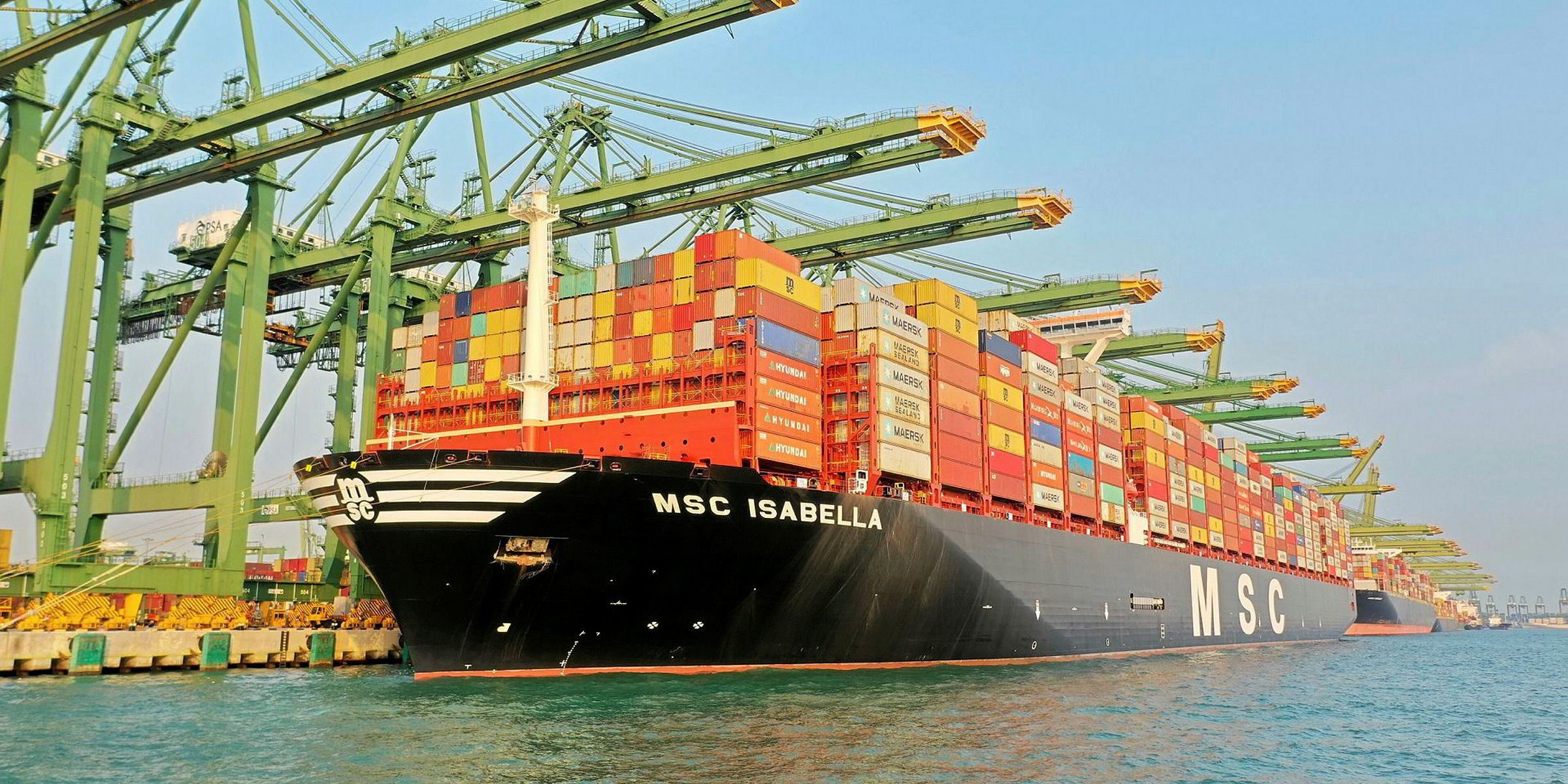Tanker markets are set for a better time in the next five years compared with the previous decade, mainly due to small fleet growth, according to Maritime Strategies International (MSI).
In the Baltic Exchange’s Tanker Freight Risk Forum held on Monday, MSI’s oil and tanker director Tim Smith said the tanker markets are entering a “constructive situation” with a forecast increase in scrapping and limited newbuilding deliveries.
“Lower demand growth [will be] offset by low fleet growth…This allows for sustained improvement in market fundamentals,” said Smith, who predicted annual net fleet growth to be below 1% in the next five years.
From 2021 through 2025, MSI has expected VLCCs, suezmaxes, LR2s and MRs to enjoy better one-year charter rates on average than the period between 2011 and 2020.
The consultancy stresses the prediction is based on the assumption of more scrapping, a limited impact from the coronavirus outbreak and a broadly benign macroeconomic backdrop.
“We are expecting a big acceleration in scrapping,” Smith said. “There is a huge amount of tonnage that needs to be removed from the market.”
“It is a mechanical process that has to happen” due to the global fleet’s age profile, according to Smith.
Due to an ageing fleet, MSI expects tanker scrapping to exceed 25m dwt each year between 2021 and 2025.
Smith expected the overall tanker fleet size to shrink in 2021, a far cry from a 5.6% growth in 2019 that resulted from weak scrapping and strong newbuilding deliveries.
However, MSI data suggests the orderbooks across all tanker sectors now account for less than 10% of their respective fleet sizes.
With uncertainty over decarbonisation regulations, many tanker owners have been reluctant in making newbuilding investments in recent years.
“The orderbook as a percentage of the fleet has been on a downward trend since 2015,” Smith said.
Soft tanker demand growth
On the demand side, MSI has predicted the annual growth in crude tanker demand will fall to 1.5% in the next five years from above 2% between 2016 and 2020 in dwt terms. That of product tanker demand is expected to decrease by nearly one percentage point to just above 1.5%.
“Products trade growth will slow as demand in OECD stagnates and refining capacity in non-OECD increases,” said Smith, suggesting less longhaul shipping is required.
While growth in North American crude output slows in the next five years, more production capacity is expected to be coming online in Middle East and Latin America, according to Smith.
Meanwhile, Middle East, South Asia and Southeast Asia will see more additions to their respective regional refining capacities in the same timespan, while Chinese refining expansion will slow down, according to Smith.
Nigeria’s 650,000-barrel-per-day refinery is due to be commissioned in the coming quarters, potentially altering seaborne oil trade requirements in West Africa, according to Smith. The refinery could reduce the Opec member’s crude exports and fuel imports.






